Treatment with carboxytherapy is still very new in the UK in terms of the number of practitioners offering the treatment and those suitably skilled and trained to carry out the procedure. In general, as this treatment is more popular in Europe and has origins in France, many of those doctors practicing in the UK are indeed French. Two such doctors, Dr Daniel Sister and Dr Cyrille Blum, both with clinics based in London, have kindly provided some case studies to illustrate the wide range of treatment indications and results achievable with the aesthetic application of carbon dioxide therapy.
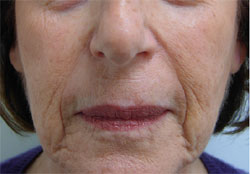
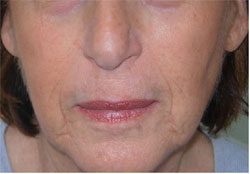
Nasolabial folds and marionette lines on the face (before on the left, after on the right) treated with 12 sessions of carboxytherapy, twice a week for the first 3 weeks and then once weekly for 6 weeks.
Images © Copyright Dr Cyrille Blum, London, UK.
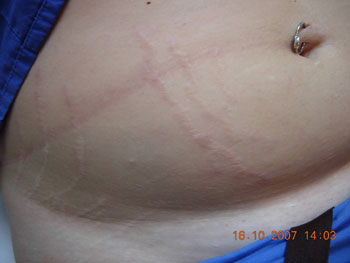
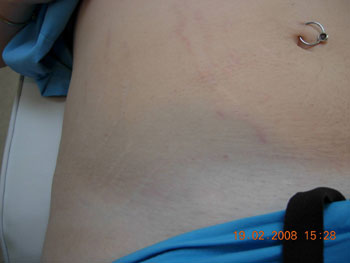
Stretch marks on the abdomen (before on the left, after on the right) treated with 4 sessions of carboxytherapy over 4 months.
Images © Copyright Dr Cyrille Blum, London, UK.
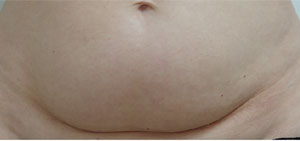
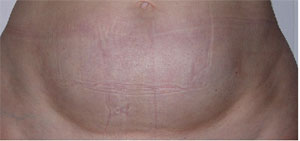
Stomach (before on the left, after on the right) treated with 10 sessions of carboxytherapy, twice per week for the first 2 weeks then once weekly for 6 weeks.
Images © Copyright Dr Cyrille Blum, London, UK.
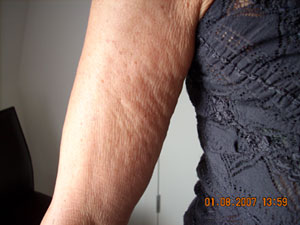
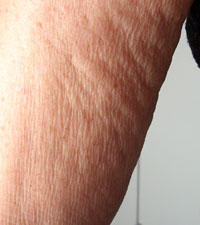
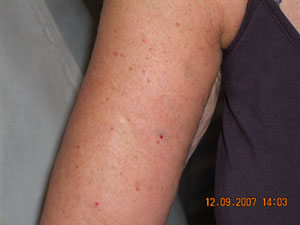
Arm (before on the top left, close up on the skin in the top right and after below) treated with 5 sessions of carboxytherapy, once per week.
Images © Copyright Dr Daniel Sister, London, UK.
All before and after photographs featured are real patients, your results may differ.










